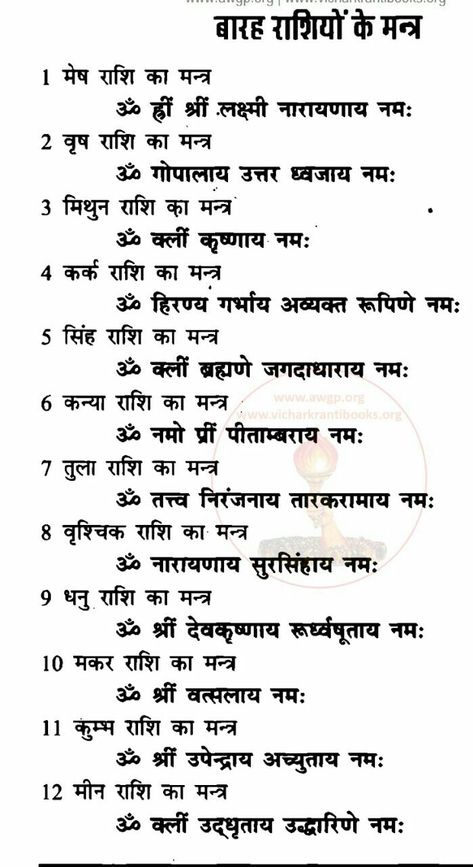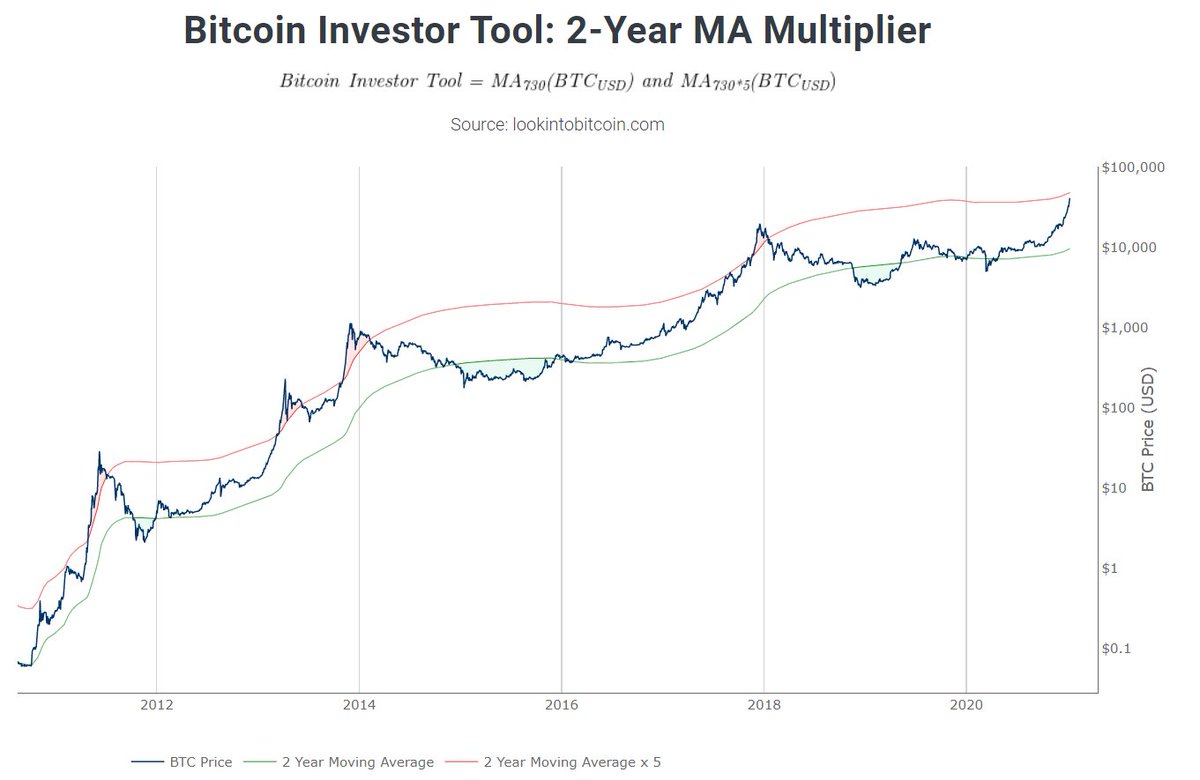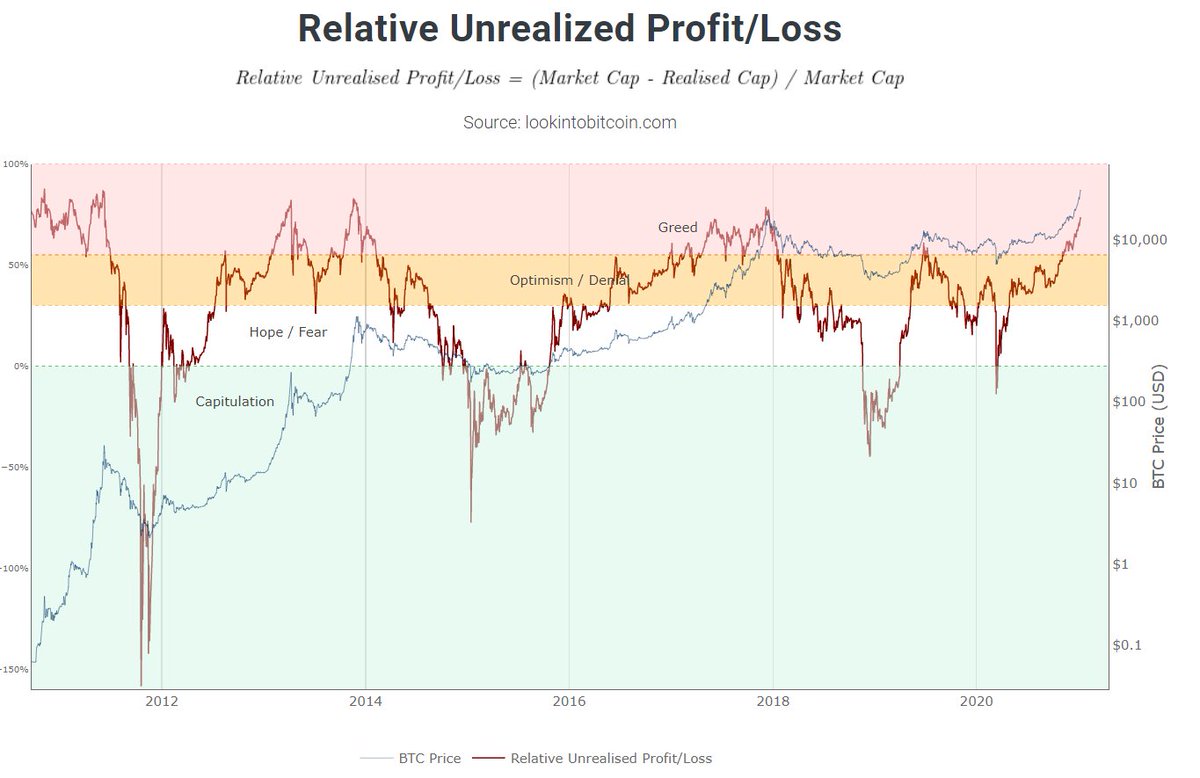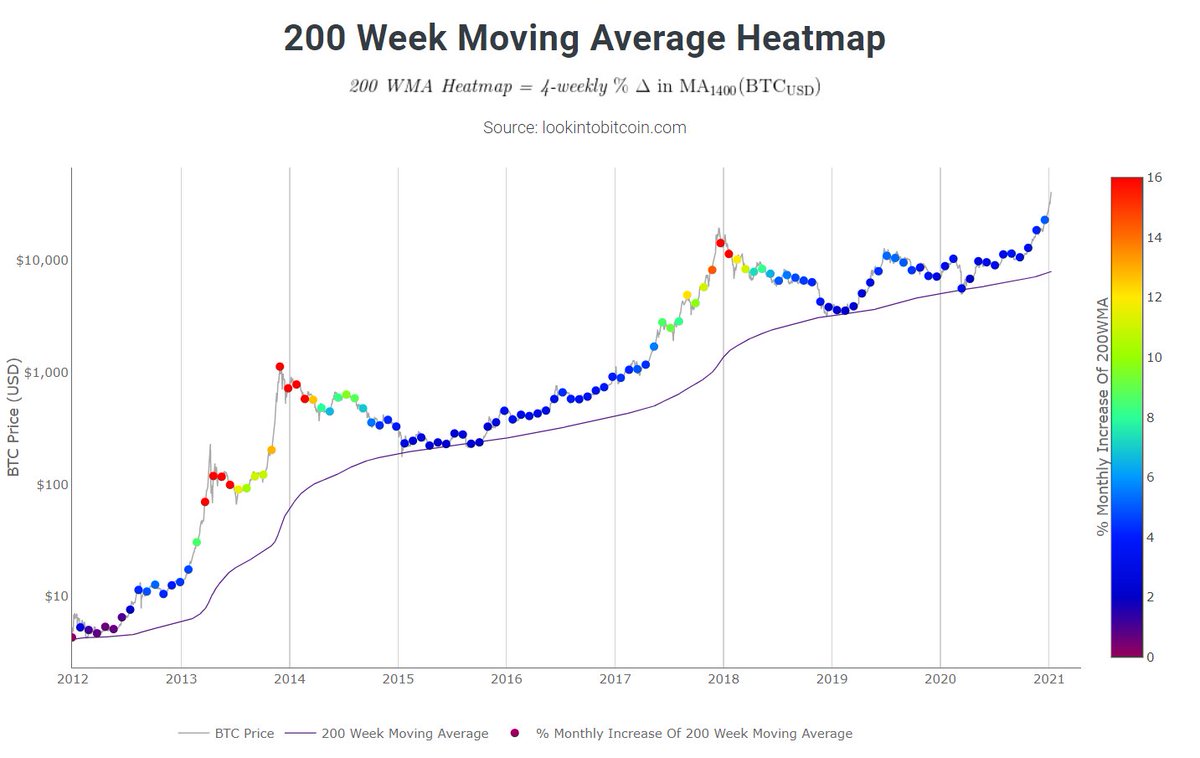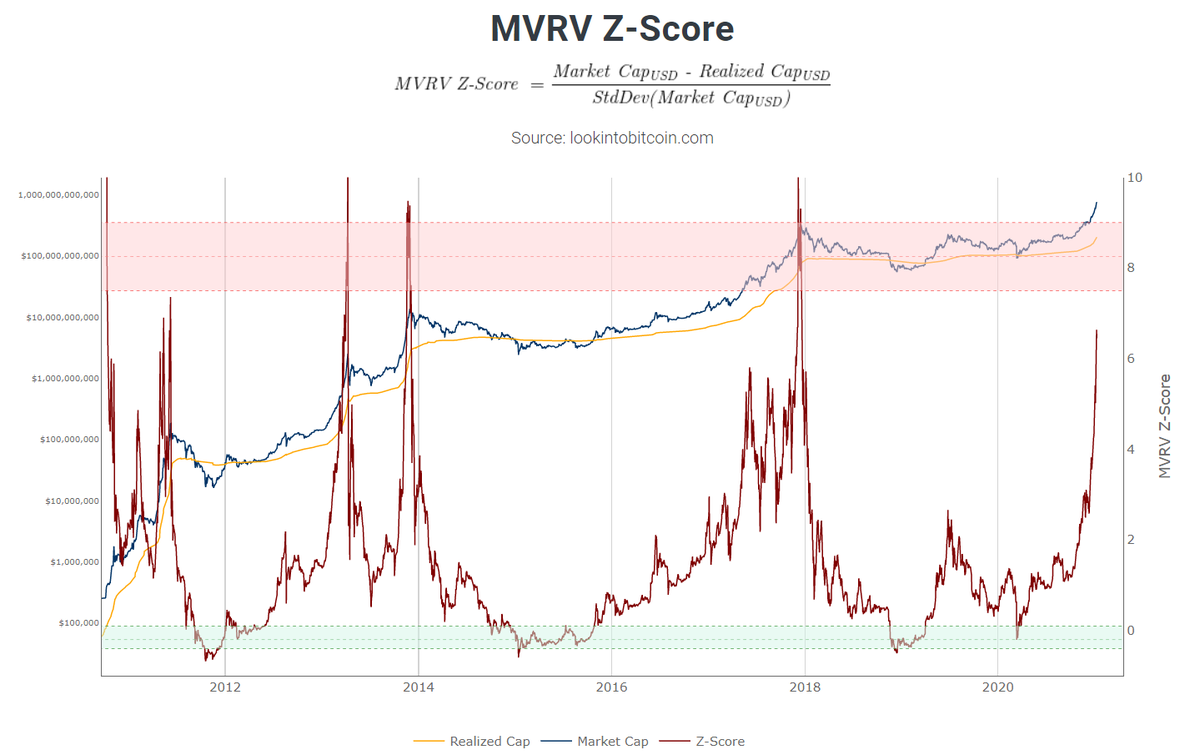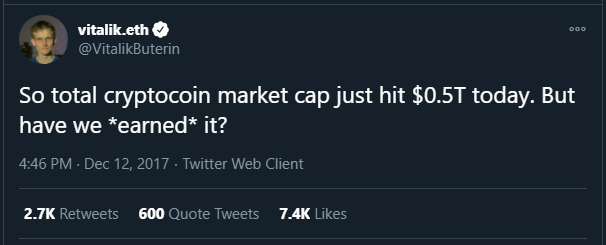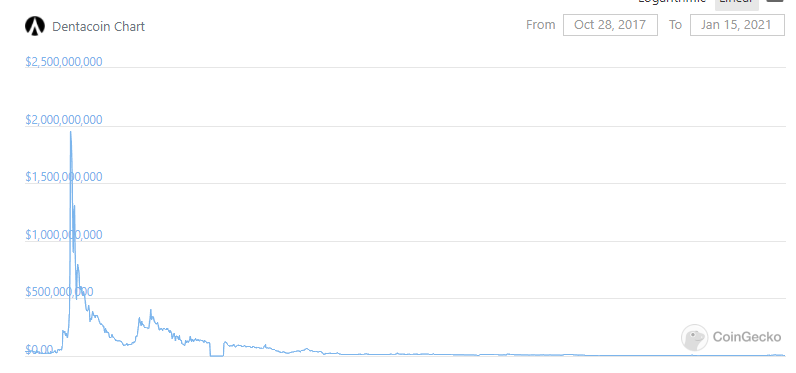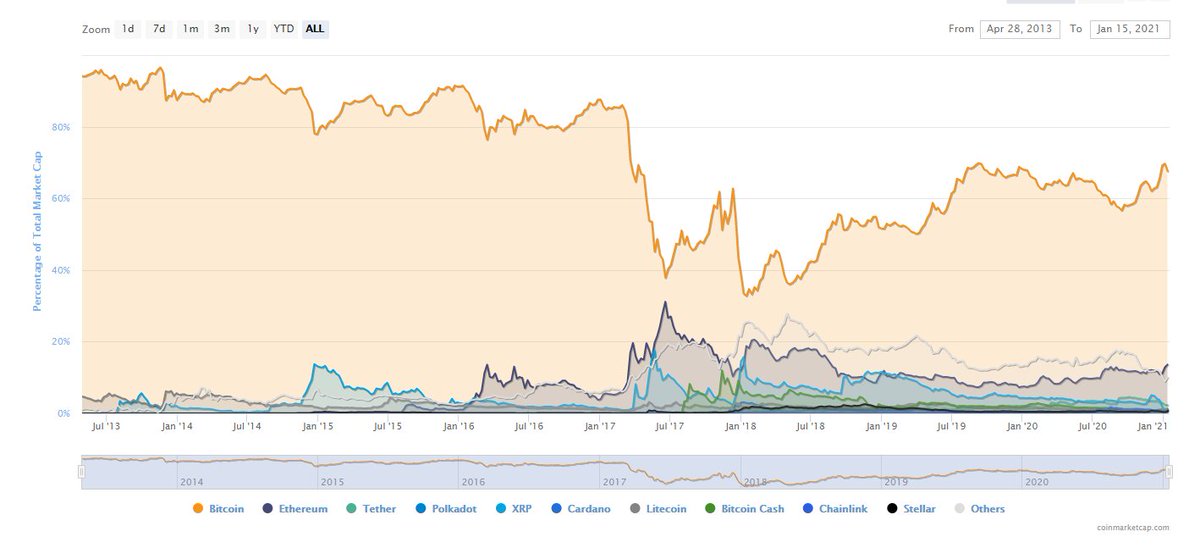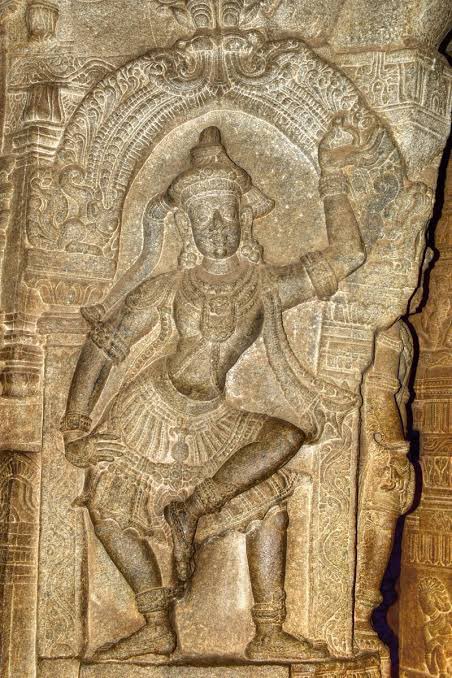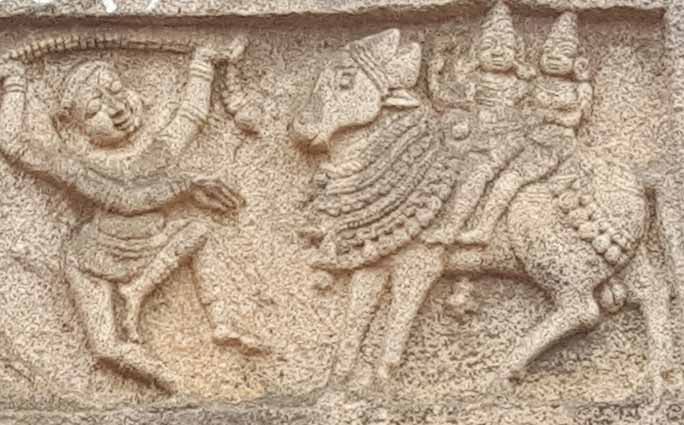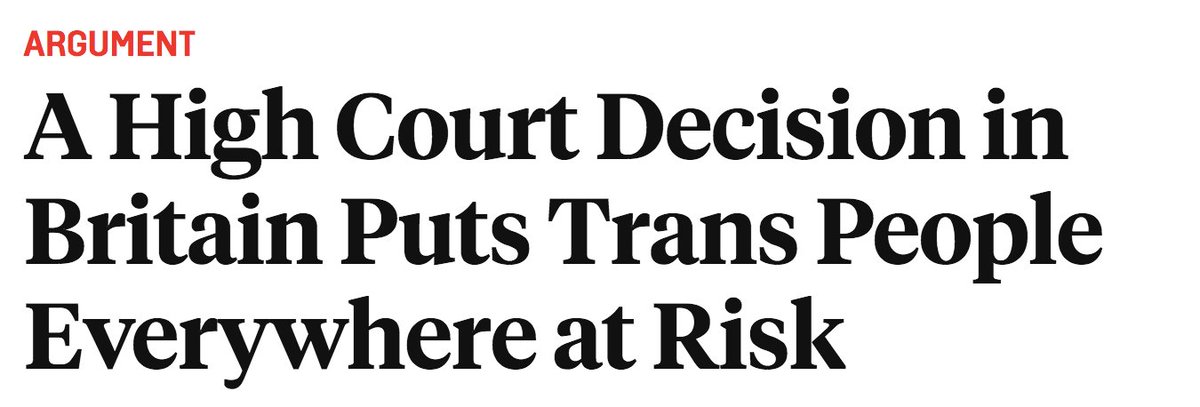
1/20 Bitcoin is too slow and expensive for payments. We all know this. To solve this problem, the Lightning network is being built on top of Bitcoin's blockchain. Will it be the end of XRP?
(Video version @ https://t.co/7zJCuKrpqx)
A thread. 👇







https://t.co/wDYUrbJfTB




https://t.co/6MBfT7DmMC


https://t.co/SpcuE0TZPU

https://t.co/b09Rr9iSD5




https://t.co/4DikZmD84I
1/XRP benefits explainer threads.
— XRPatience (@xrpartisan) January 8, 2021
There's lots of confusing tech-talk articles that explain XRP, Flare, concepts like Proof Of Work, Proof of Stake, etc.
I attempt to break down how it all works and where it's all going in simple language. \U0001f447 pic.twitter.com/WAxvknjzdq
More from Crypto
ok, I lied. but strictly it's not a new graph, just a new trendline (now a quadratic on the log plot). looks um... quite a good fit. so I'd say that was interesting. pic.twitter.com/qkgyMf1ya8
— James Ward (@JamesWard73) January 27, 2021
WARNING: this is a long thread, and it’s a bit of a roller-coaster. We find some apparently strong patterns in the data, and then start to unpick them a bit. So if you start getting excited half way through you might find you’re less excited at the end. But we’ll see…
First we first have to go back a bit. @bristoliver posted a thread a few days ago explaining why, with a constant vaccination rate, a log plot of cases should show a quadratic form. In other words, it should fit an equation like: a + b.x + c.x^2
I meant to link in the model thread there - here it is
Been thinking about where we are, where we might be going, what effect vaccines might have and how to tell. This thread may not happen all at once, and will get a bit mathematical in a couple of places (sorry!), but I will put in pictures. It's yet another argument for log scales
— Oliver Johnson (@BristOliver) January 24, 2021
the quadratic coefficient – the ‘c’ in that equation – gives an estimate of the % of the population who are being newly protected by the vaccine each day. Please note ‘protected by the vaccine’, not ‘vaccinated’ – as we don't expect 100% protection after the first dose
You May Also Like
On Sunday 21st June, 14 year old Noah Donohoe left his home to meet his friends at Cave Hill Belfast to study for school. #RememberMyNoah💙

He was on his black Apollo mountain bike, fully dressed, wearing a helmet and carrying a backpack containing his laptop and 2 books with his name on them. He also had his mobile phone with him.
On the 27th of June. Noah's naked body was sadly discovered 950m inside a storm drain, between access points. This storm drain was accessible through an area completely unfamiliar to him, behind houses at Northwood Road. https://t.co/bpz3Rmc0wq
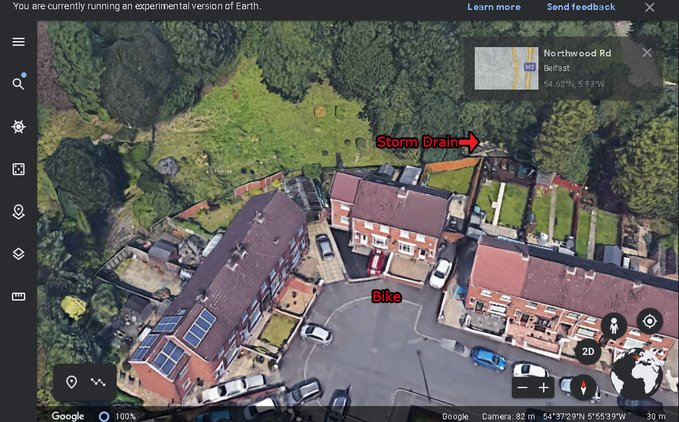
"Noah's body was found by specially trained police officers between two drain access points within a section of the tunnel running under the Translink access road," said Mr McCrisken."
Noah's bike was also found near a house, behind a car, in the same area. It had been there for more than 24 hours before a member of public who lived in the street said she read reports of a missing child and checked the bike and phoned the police.
Whenever we chant a Mantra in Sanskrit, it starts with 'Om' and mostly ends with 'Swaha' or 'Namaha'. This specific alignment of words has a specific meaning to it which is explained in Dharma Shastra.
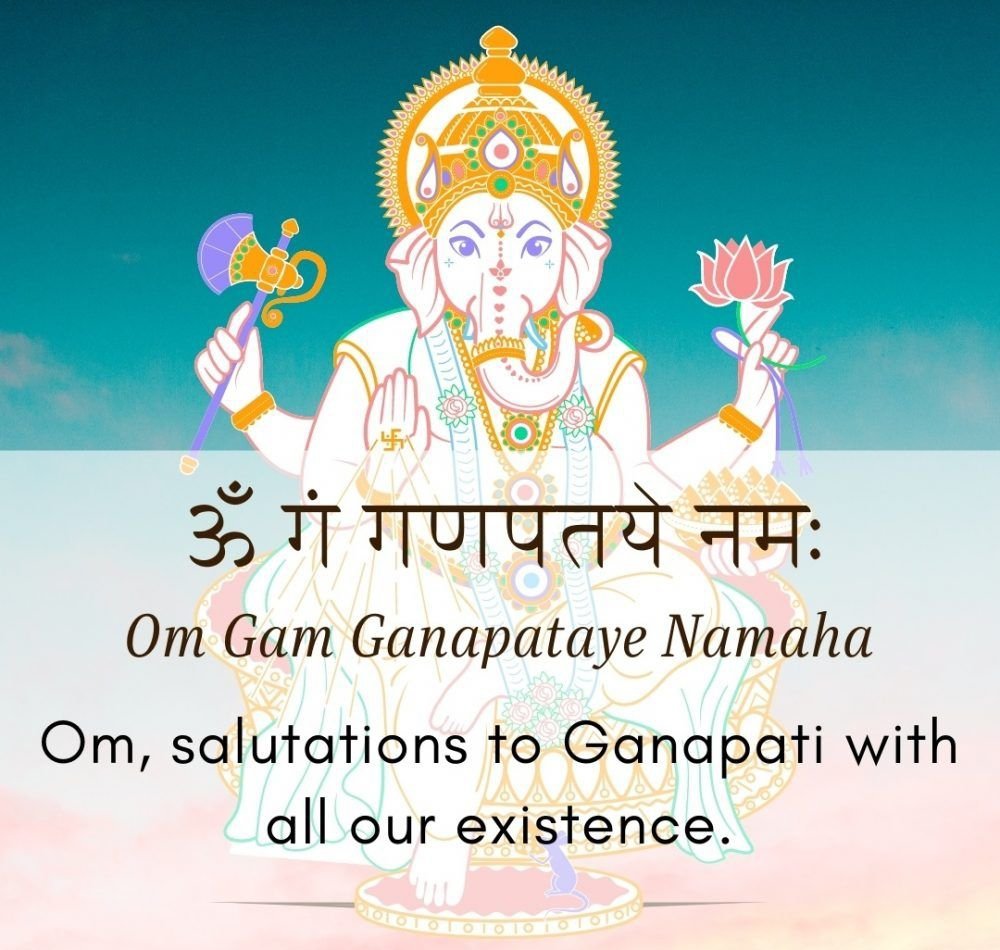
Mantra is a Sanskrit word meaning sacred syllable or sacred word. But Mantras r not just words put together,they r also vibrations.The whole Universe is a cosmic energy in different states of vibration &this energy in different states of vibration forms the objects of Universe.
According to Scriptures,Om is considered to be ekaakshar Brahman,which means Om is the ruler of 3 properties of creator,preserver&destroyer which make the https://t.co/lyhkWeCdtv is also seen as a symbol of Lord Ganesha, as when starting the prayer,it's him who is worshipped 1st.
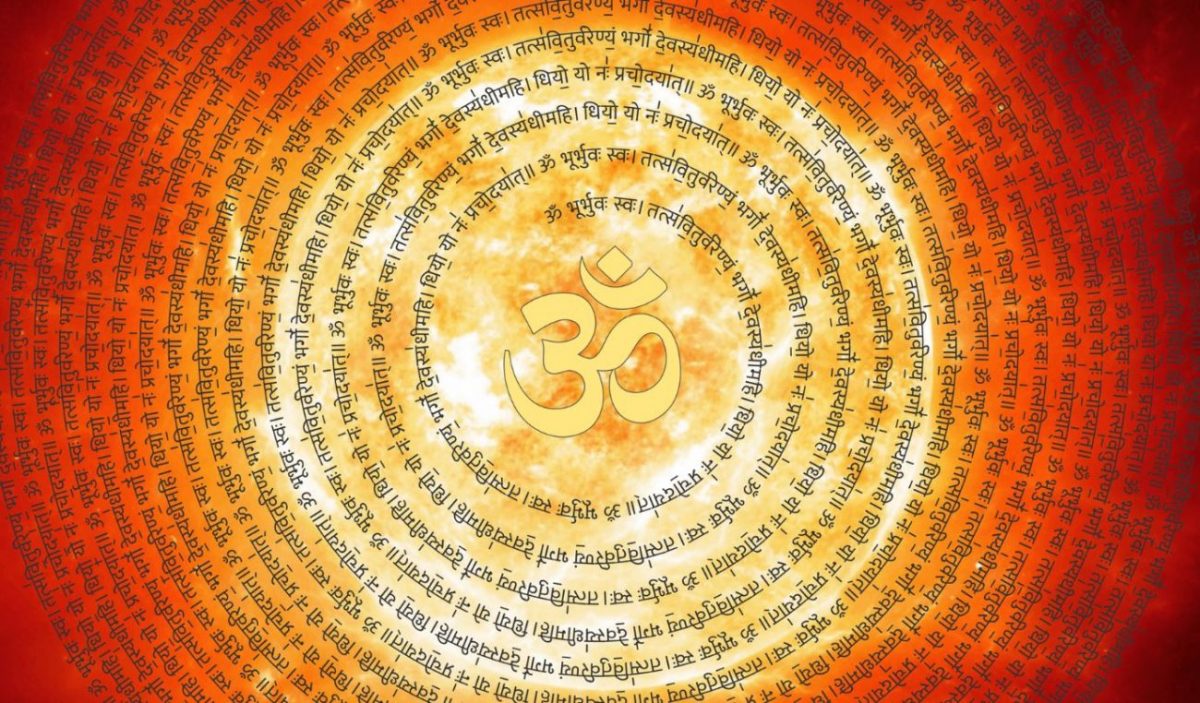
'Om' is the sound of the Universe. It's the first original vibration of the nothingness through which manifested the whole Cosmos. It represents the birth, death and rebirth process. Chanting 'Om' brings us into harmonic resonance with the Universe. It is a scientific fact.
Therefore, Mantras are described as vibrational words that are recited, spoken or sung and are invoked towards attaining some very specific results. They make very specific sounds at a frequency that conveys a directive into our subconcious.
